The mat weaving craft in Dinh Yen has been preserved and continued through many generations for the past hundred years. The unique feature of this craft village is that the mat trading only takes place from midnight to morning, so it is called the "ghost mat market".
Annual revenue 80 billion VND
Dinh Yen mat weaving village stretches along National Highway 54 through Dinh Yen and Dinh An communes, Lap Vo district, Dong Thap province.
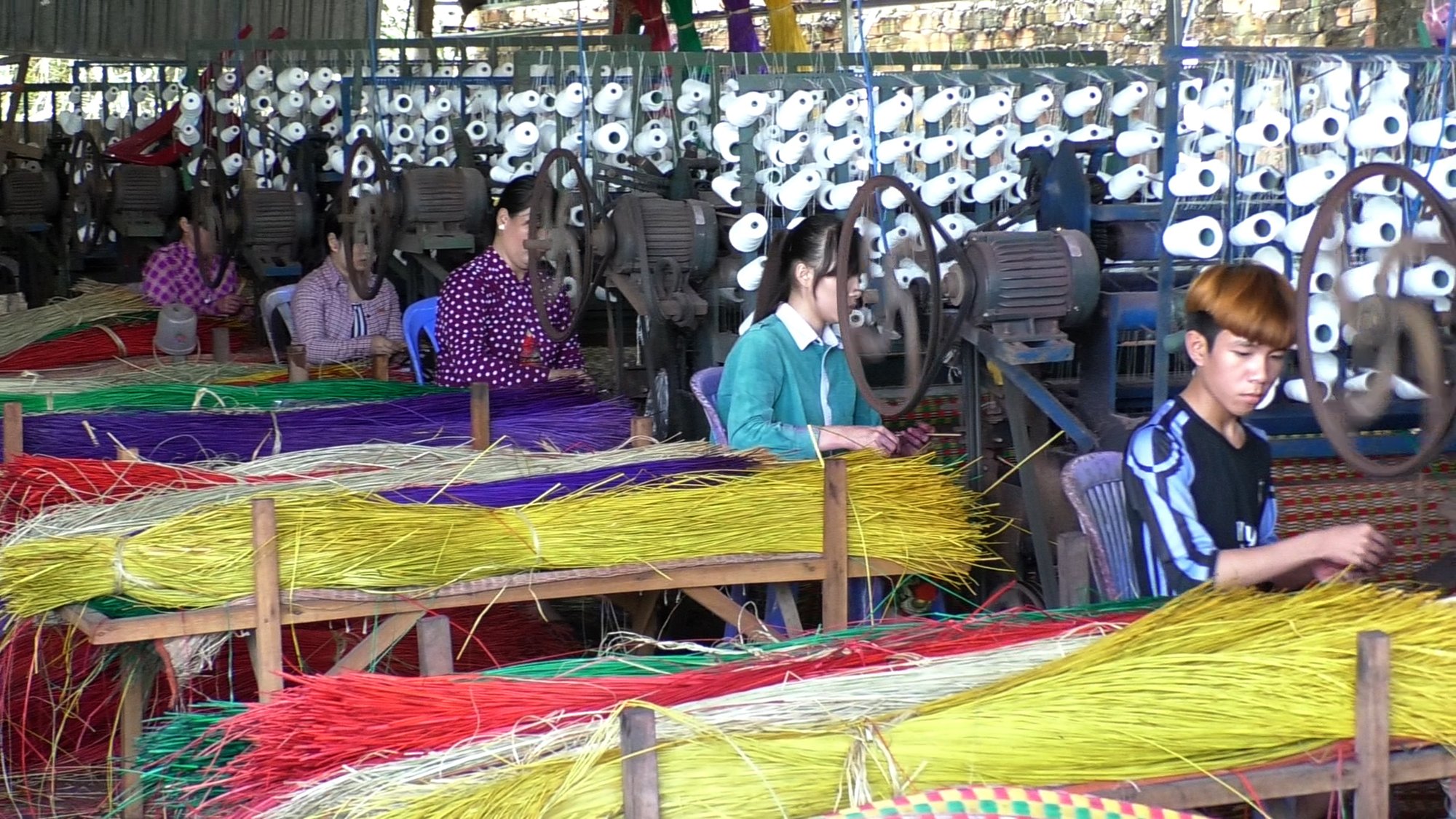
Dinh Yen mat weaving village currently has more than 430 households, with about 50 households investing in weaving machines.
According to the village elders, to show gratitude to Mr. Phan Van An, the first person to bring mat weaving to the village and to avoid taboo, the villagers agreed to use the name Dinh Yen to refer to the whole craft village.
During its heyday, the village had thousands of households involved in mat weaving. Walking along the roads in the commune, one could see bundles of dyed sedge drying in the sun. However, through many changes over time, the traditional craft of Dinh Yen mat weaving has also had its ups and downs.
To date, the village still has about 430 households producing mats. Of these, about 50 households have invested in weaving machines to increase capacity, while the rest still weave mats by hand traditionally.
According to the People's Committee of Lap Vo district, each year the craft village supplies the market with about 1.3 million mat products of all kinds with a revenue of about 80 billion VND.
Change to adapt
Mrs. Nguyen Thi Van, 65 years old but has been weaving mats for 50 years, said that although she has switched to machine weaving, the hand-woven looms are still kept by her family as a precious souvenir. Despite her old age, the weaver still deftly threads each colored thread, rhythmically stamping each loom.
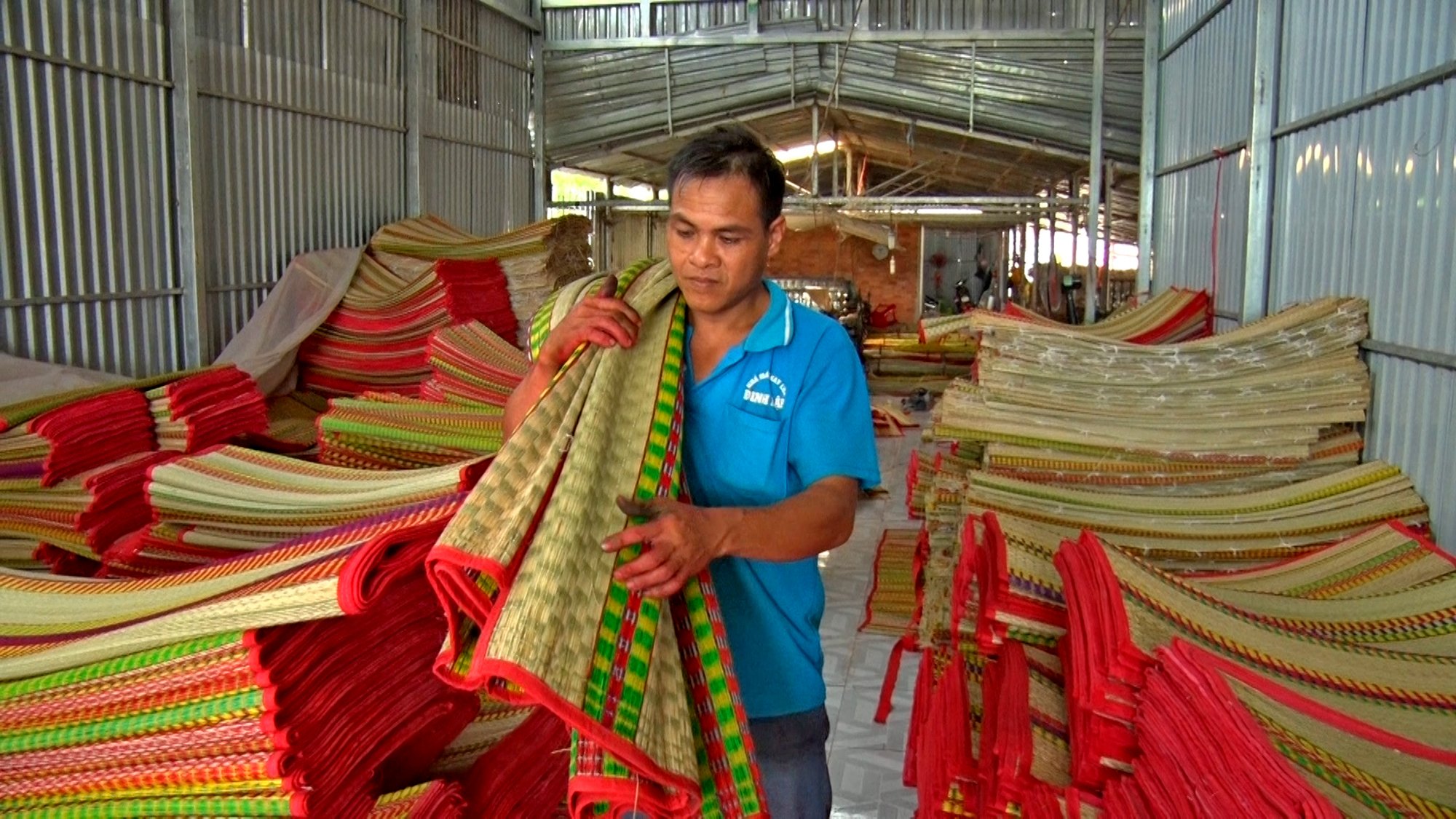
Every year, Dinh Yen mat weaving village supplies the market with 1.3 million products.
"Machine weaving is easier and faster than hand weaving, so now young people in the village and neighborhood, even if they have not been taught by their families, can participate in production. All they need is a skilled and dedicated weaver to guide them, and after just a few days of apprenticeship, they will know how to use a mat weaving machine," Ms. Van shared.
As the fourth generation of mat weaving, Mr. Nguyen Thanh Hung is still continuing to keep the family tradition alive. However, to meet and adapt to the market, Mr. Hung has boldly invested in 10 weaving machines to increase productivity, with 16 regular workers.
Mr. Hung said that machine weaving not only produces more beautiful products and larger output, but also helps workers increase their income.
"The cost of weaving each mat is 15,000 VND. Each day, a machine weaver can produce 10-12 mats, with a stable income of 150,000-180,000 VND. Not only producing, my facility also buys hand-woven mats or mats from other facilities in the craft village and then sells them to other provinces and cities across the country," said Mr. Hung.
Why is it called "ghost market"?
According to Ms. Van, with a manual loom, the worker has to do many steps to weave a complete mat. For example, they have to stretch nylon thread onto the loom, catch colored webbing, catch cotton (patterns)... Weaving by hand requires two people per loom because one person threads the webbing, the other person sets the loom.
People weave mats from morning to afternoon, rest in the evening, and after dinner, around midnight they start to bring the mats to the front yard of the village communal house to sell. Each person carries an oil lamp, carrying a bundle of mats on their shoulders, walking out in front of the vendors.
The special thing is that buyers just sit in one place, when they see a seller carrying a mat passing by, they look at it and gently bargain. "The market only lasts for about two hours, from midnight, but there is no fixed time frame because it depends on the high and low tides of the canals. That's why people call it the "ghost mat market", Ms. Van explained.
According to Ms. Truong Thi Diep, acting Chairwoman of Lap Vo District People's Committee, the "ghost mat market" has existed throughout the time of the craft village, until before 2000 it disappeared. The reason is that at this time the road traffic infrastructure was connected, especially National Highway 54 passing through Dinh Yen mat village, so the buyers and traders of mats also changed their methods and time with the development process.
"Back then, buyers used boats to buy mats. When they reached the canal, they had to wait for high tide to anchor their boats at Dinh Yen communal house wharf. Now, people go by car or truck to each purchasing facility, and they mainly trade during the day, so the "ghost mat market" has suddenly disappeared," said Ms. Diep.
Unique community tourism products
Ms. Truong Thi Diep added that Dinh Yen mat weaving village was recognized as a national intangible cultural heritage by the Ministry of Culture, Sports and Tourism in 2013.
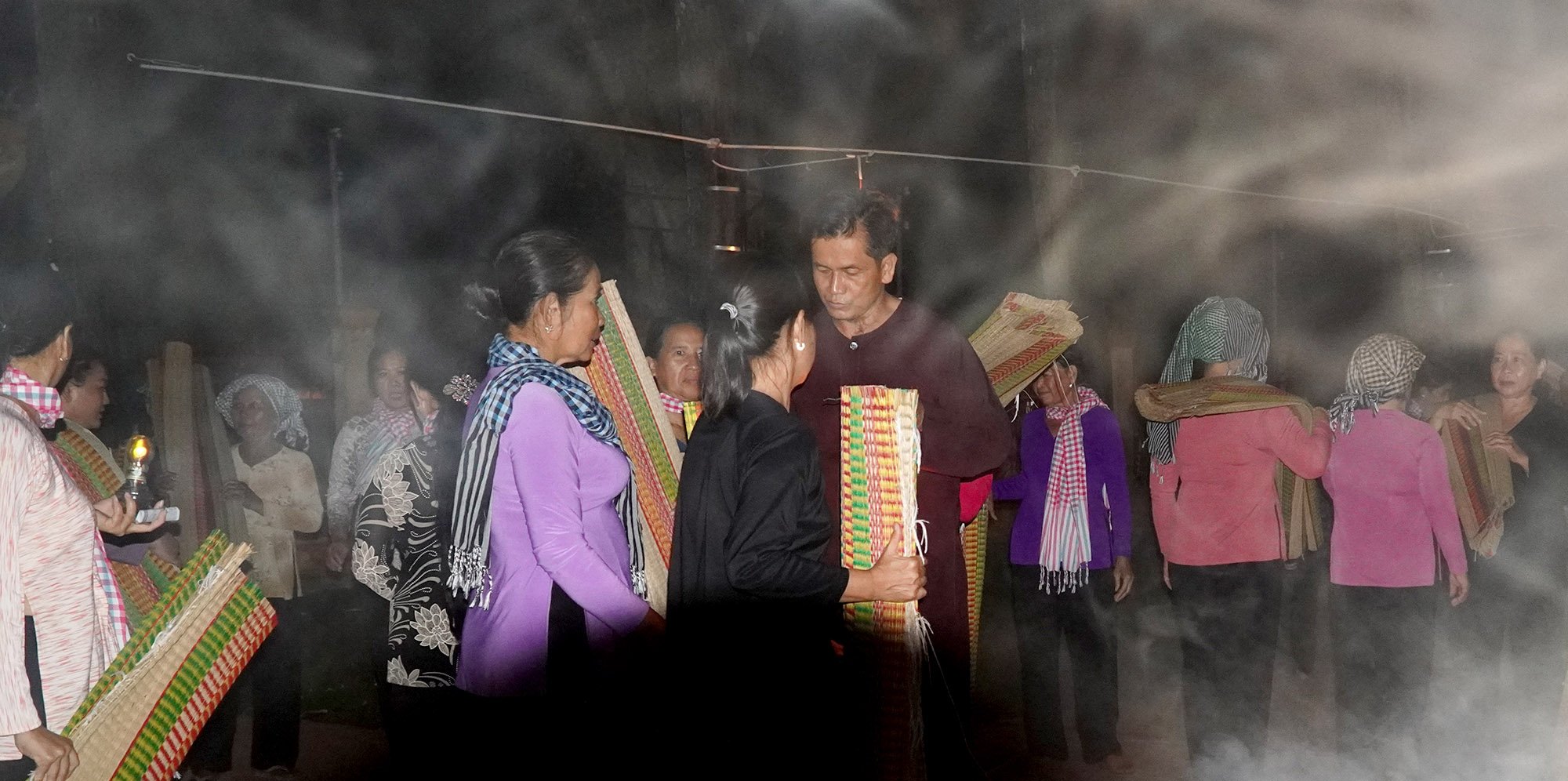
The reenactment of the Ghost Market organized by the People's Committee of Lap Vo district has attracted the attention of domestic and foreign tourists.
Since September 2023, the People's Committee of Lap Vo district has launched a community tourism product in Dinh Yen mat village, combining the reenactment of the "ghost mat market" with 150 actors who are weavers of the craft village participating in the scene of buying and selling mats at midnight.
This is considered a unique local tourism product.
According to the plan, every month the People's Committee of Lap Vo district will perform a live performance recreating the "ghost market" once on the last Saturday of the month. However, later, the organizing unit moved it to the full moon day of the lunar calendar every month because of favorable water conditions to make the scene on the wharf and under the boats more vivid.
"The live reenactment of the 'ghost market' helps many people relive their childhood memories at the village communal house. However, the reenactment is also somewhat fictional because it requires artistic elements, bringing emotions to the audience," Ms. Diep added.
Dinh Yen mat village was chosen by singer - director Ly Hai as the main filming location for the Lat Mat series. In which Lat Mat 6 - The fateful ticket, takes place in Dinh Yen mat village and the friendship of men from the mat weaving profession here. Before the premiere, Ly Hai and his crew returned to Dinh Yen to screen the film to show gratitude to the villagers who wholeheartedly supported the film crew.
Source: https://www.baogiaothong.vn/ve-mien-tay-di-cho-chieu-ma-192250213213839396.htm






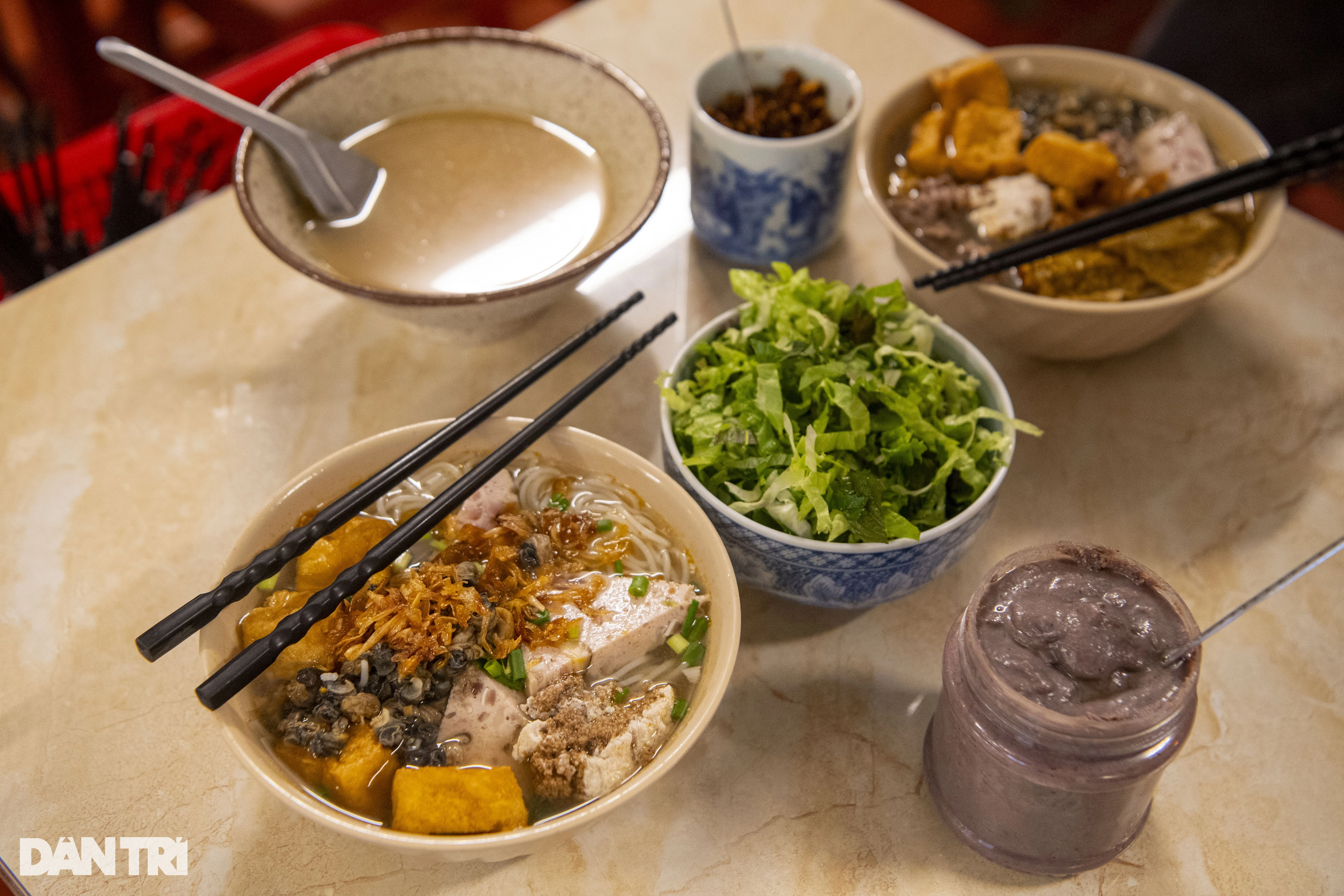
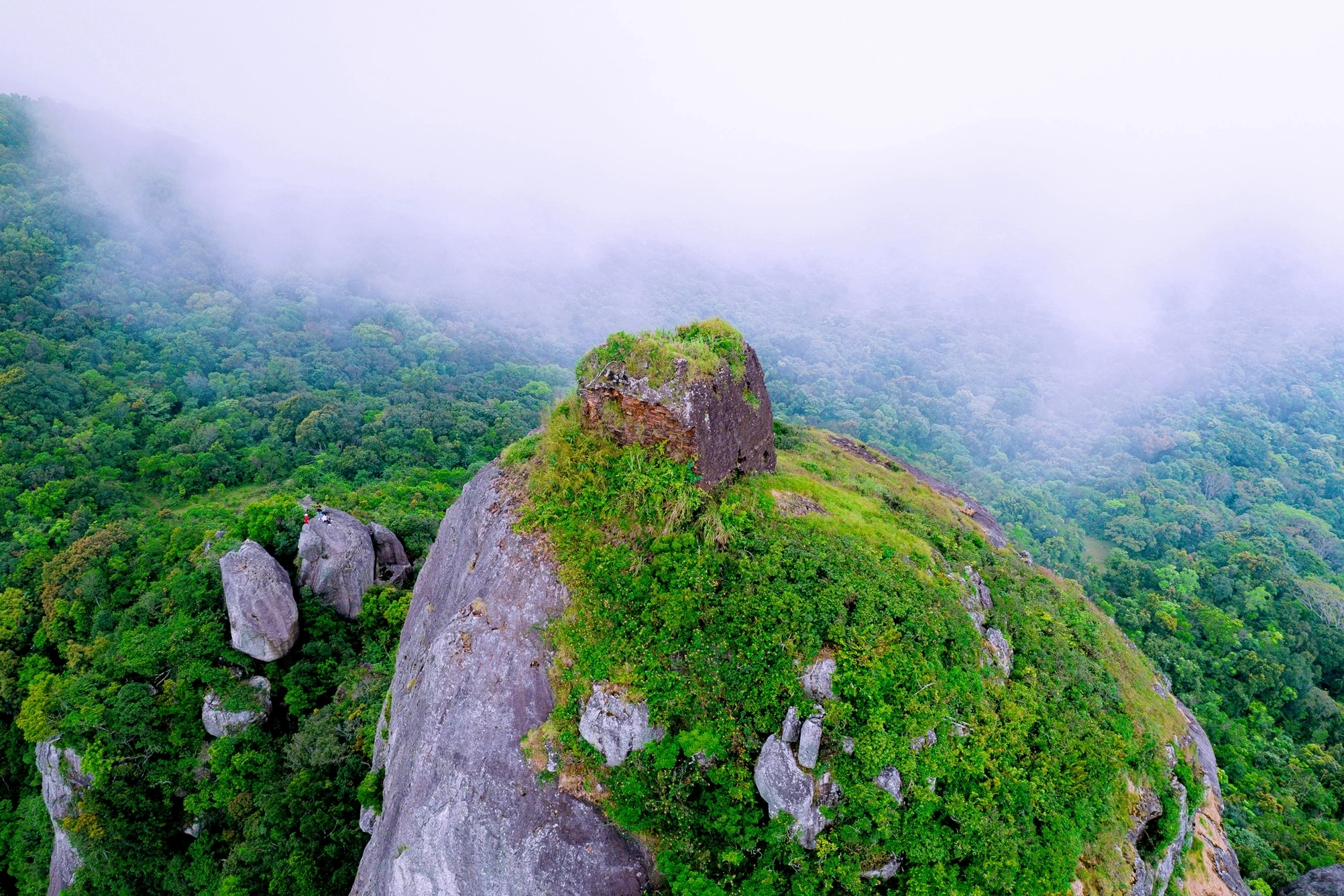
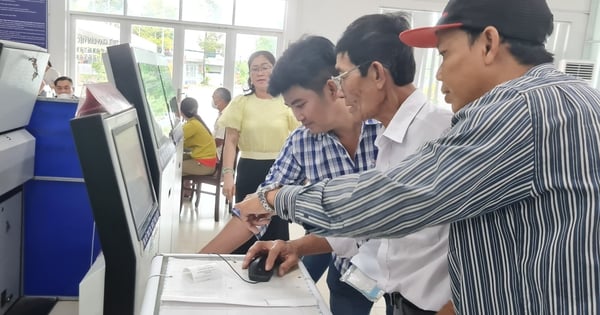

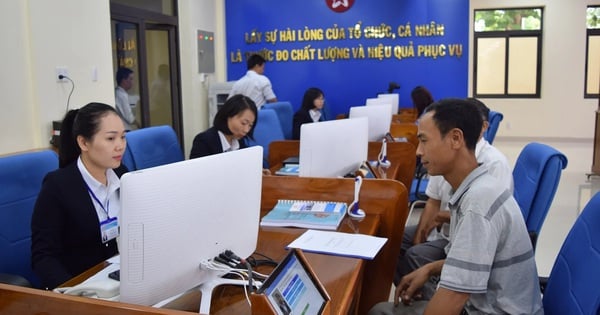
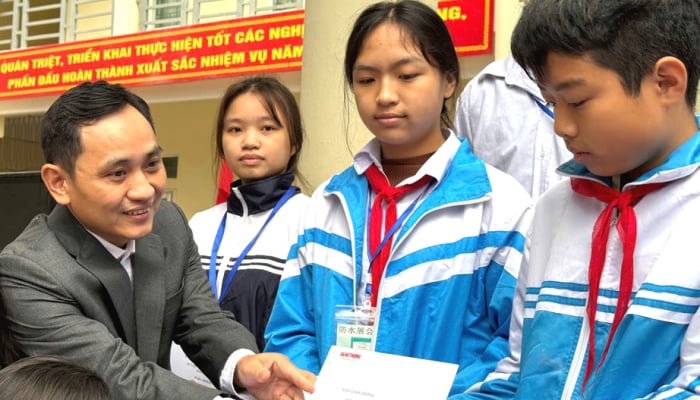



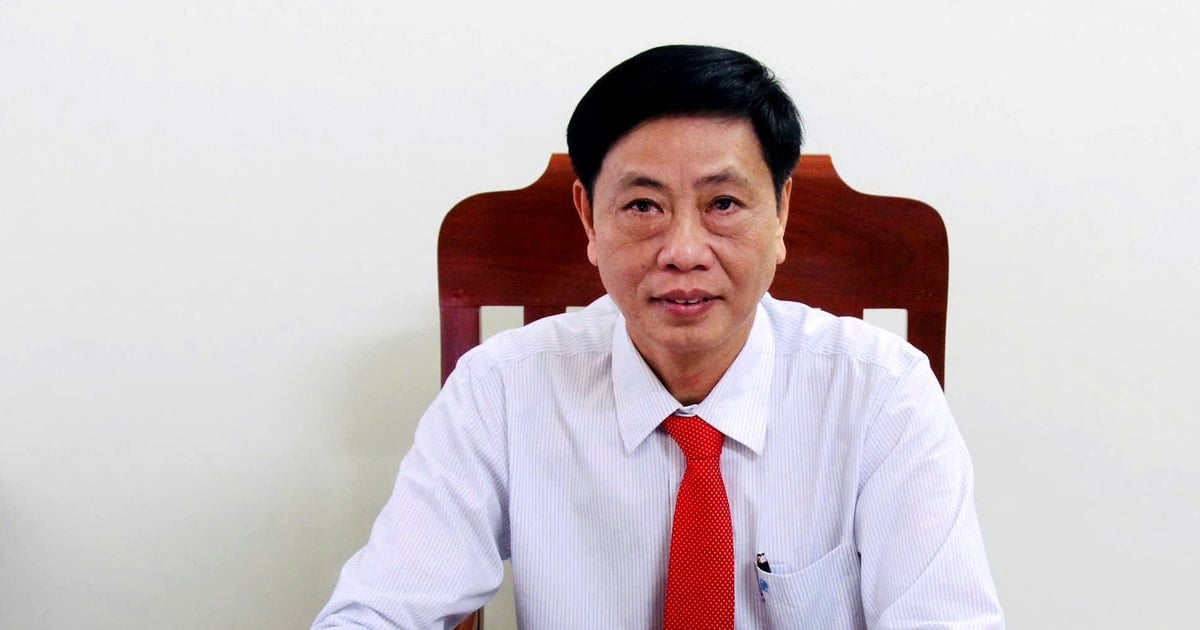

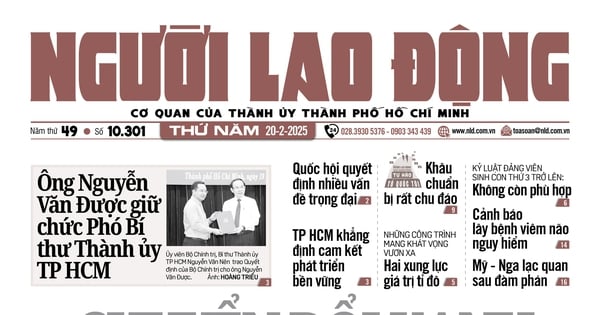


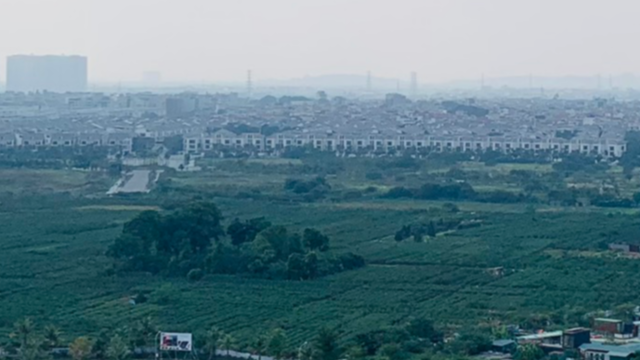



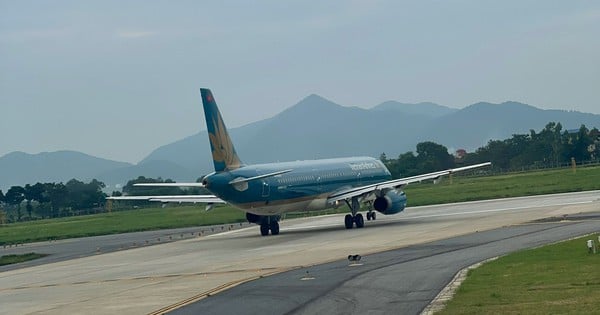
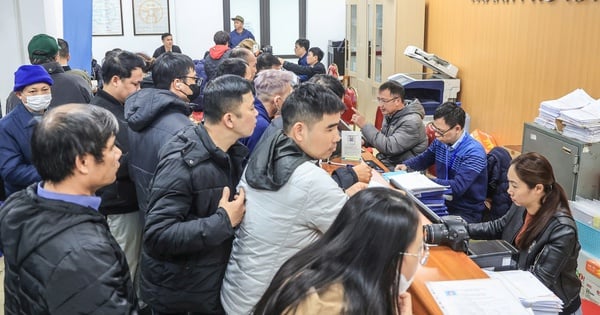
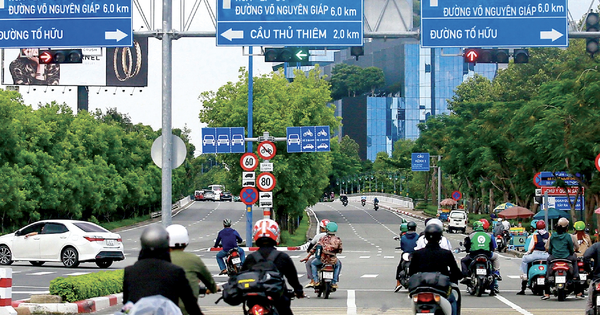

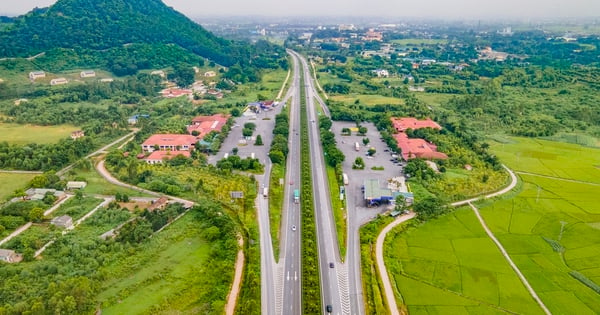


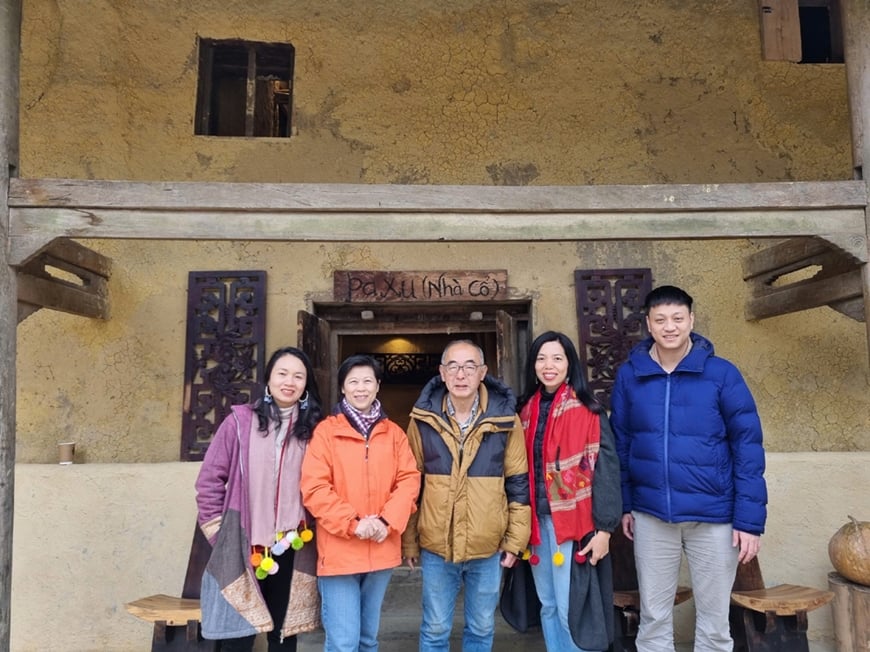











Comment (0)